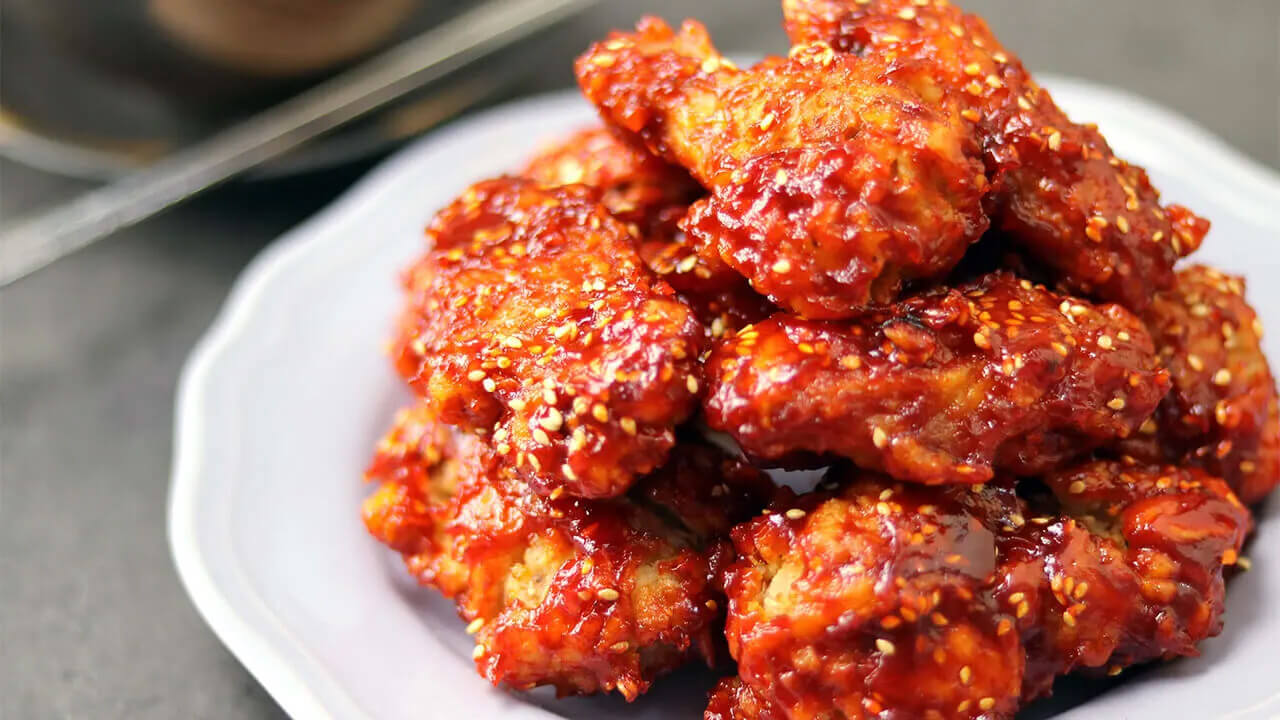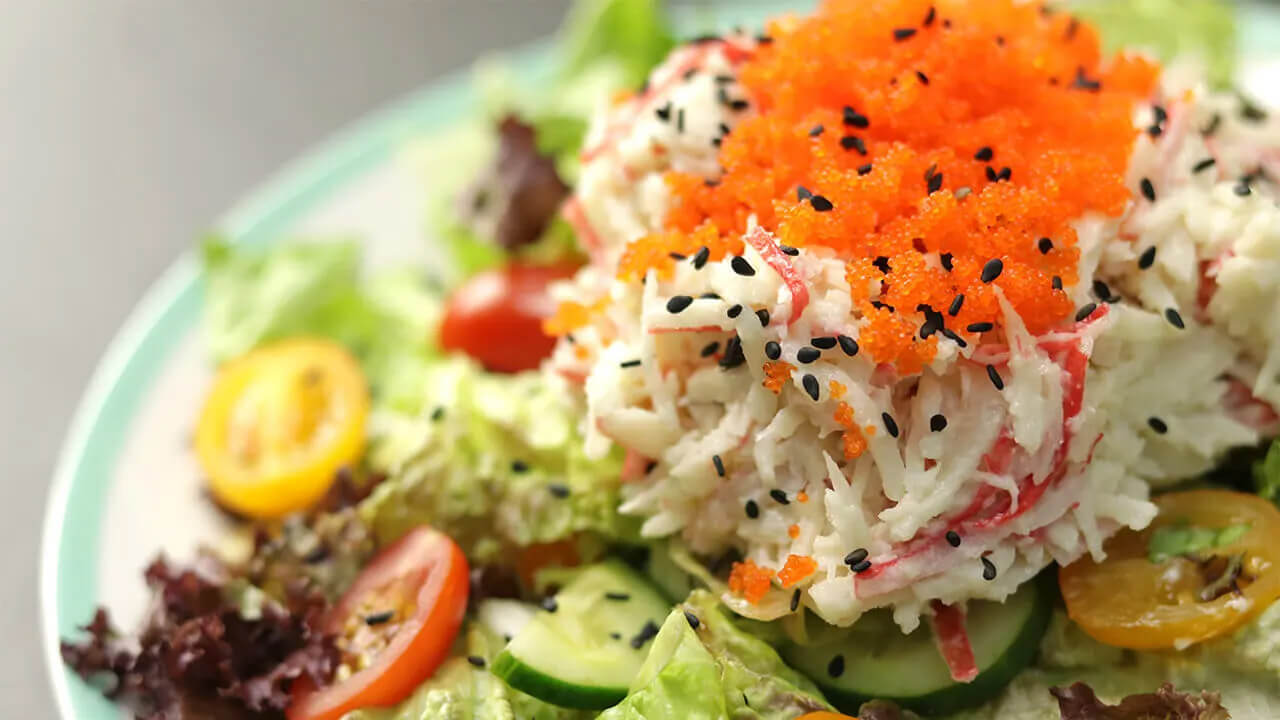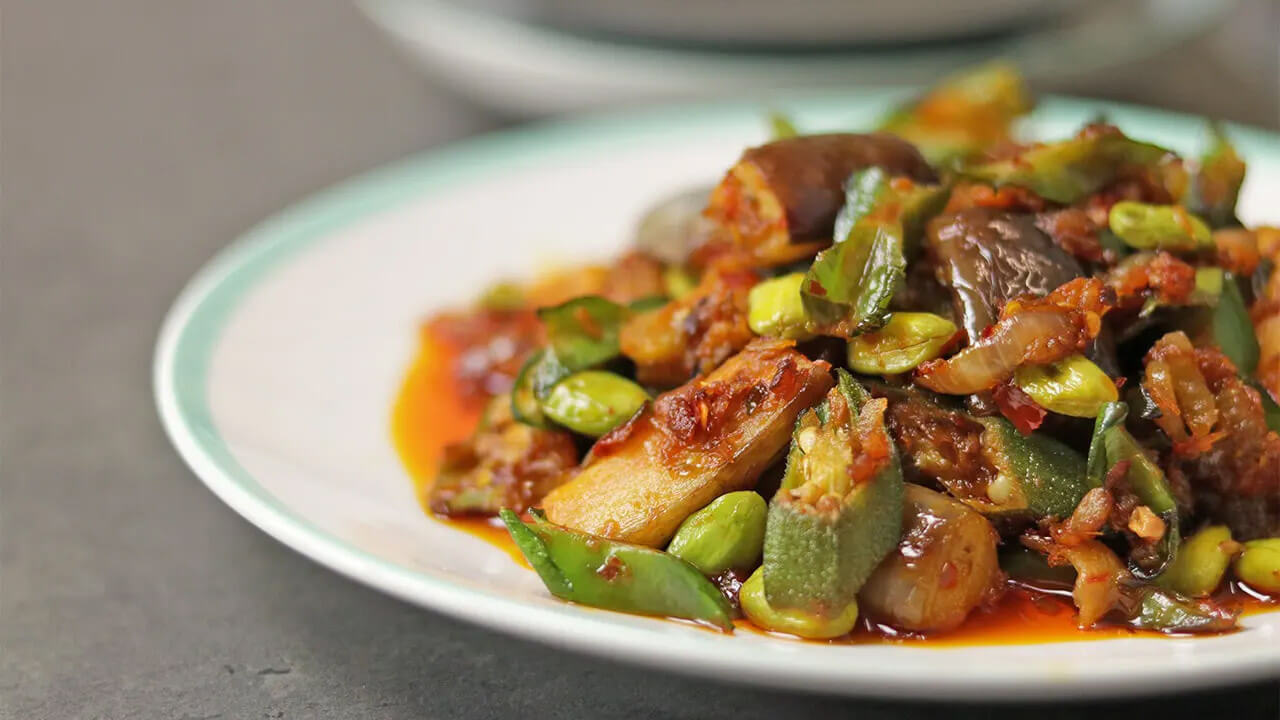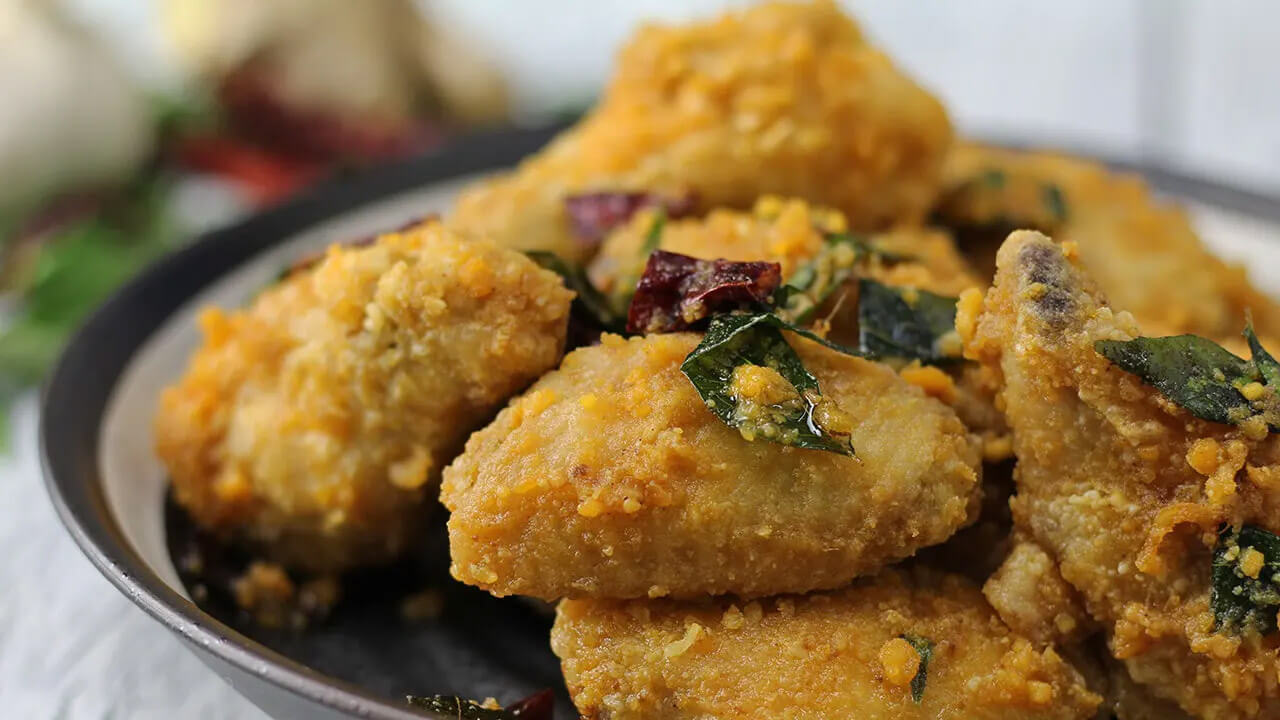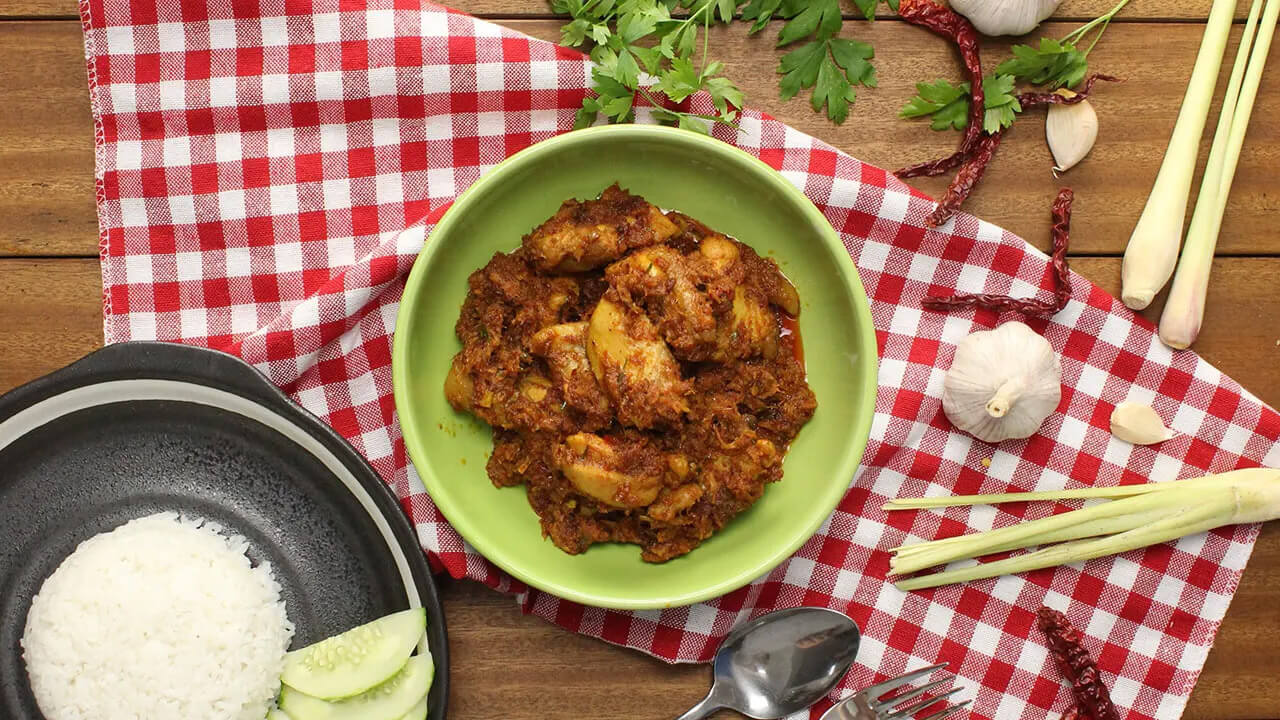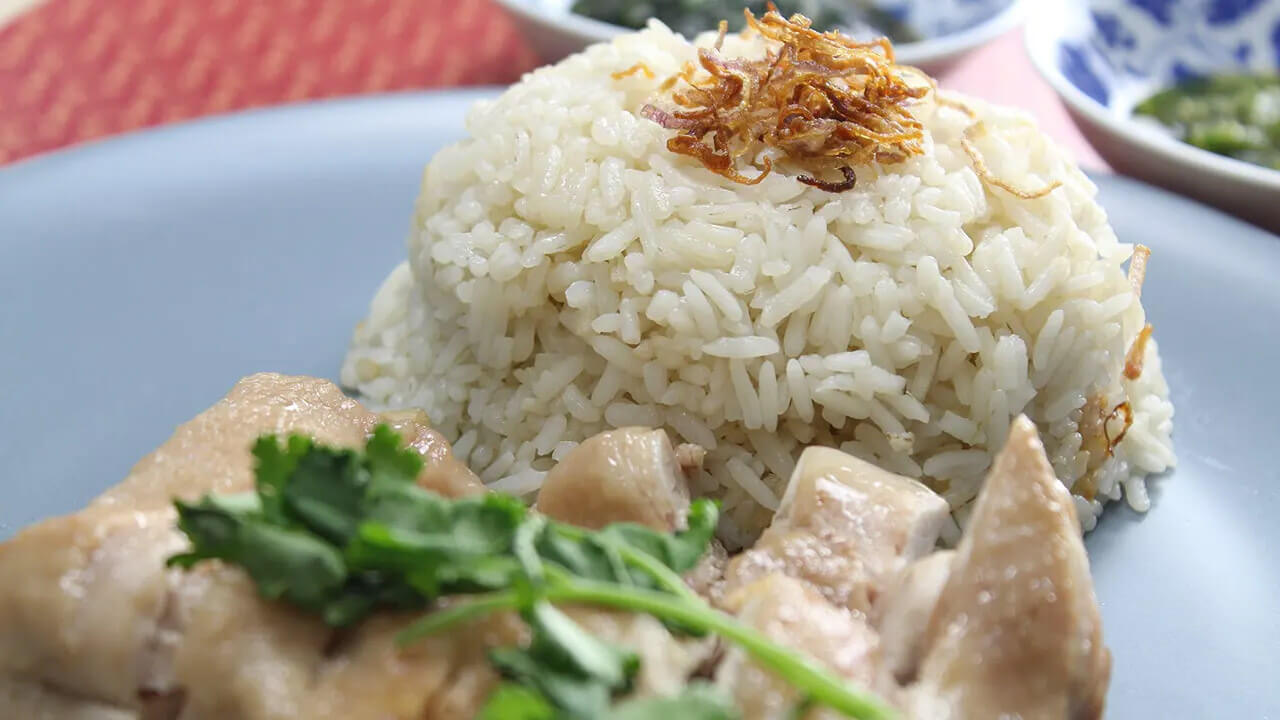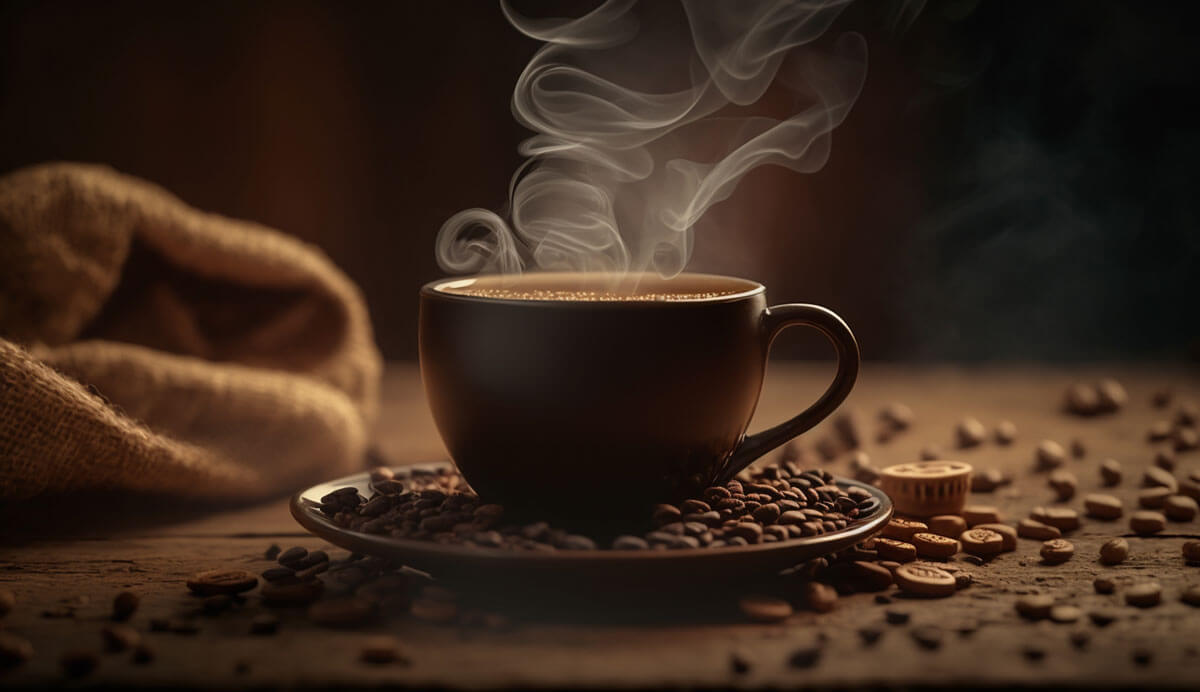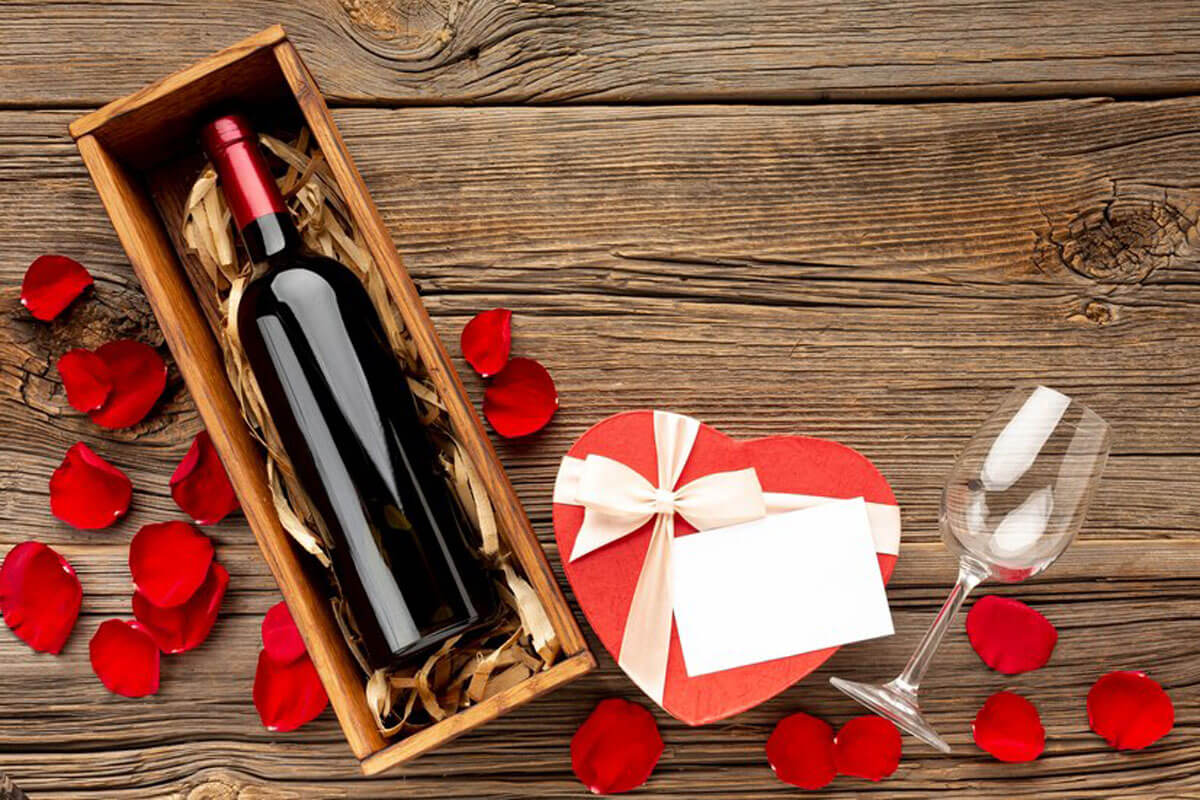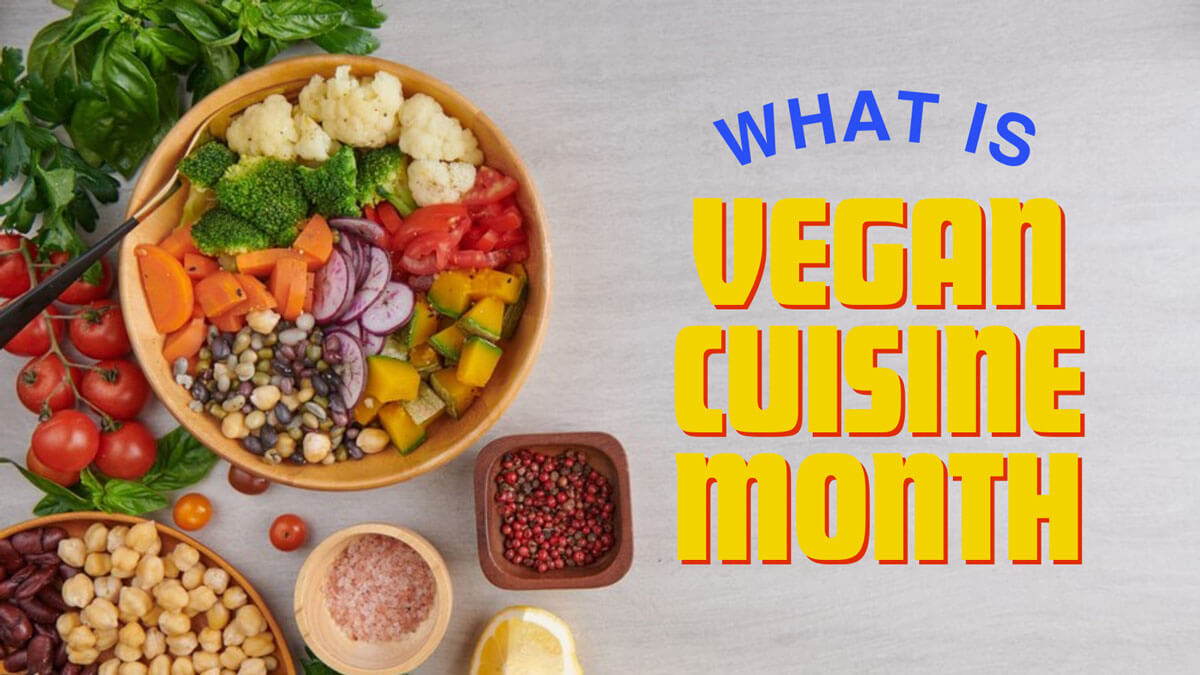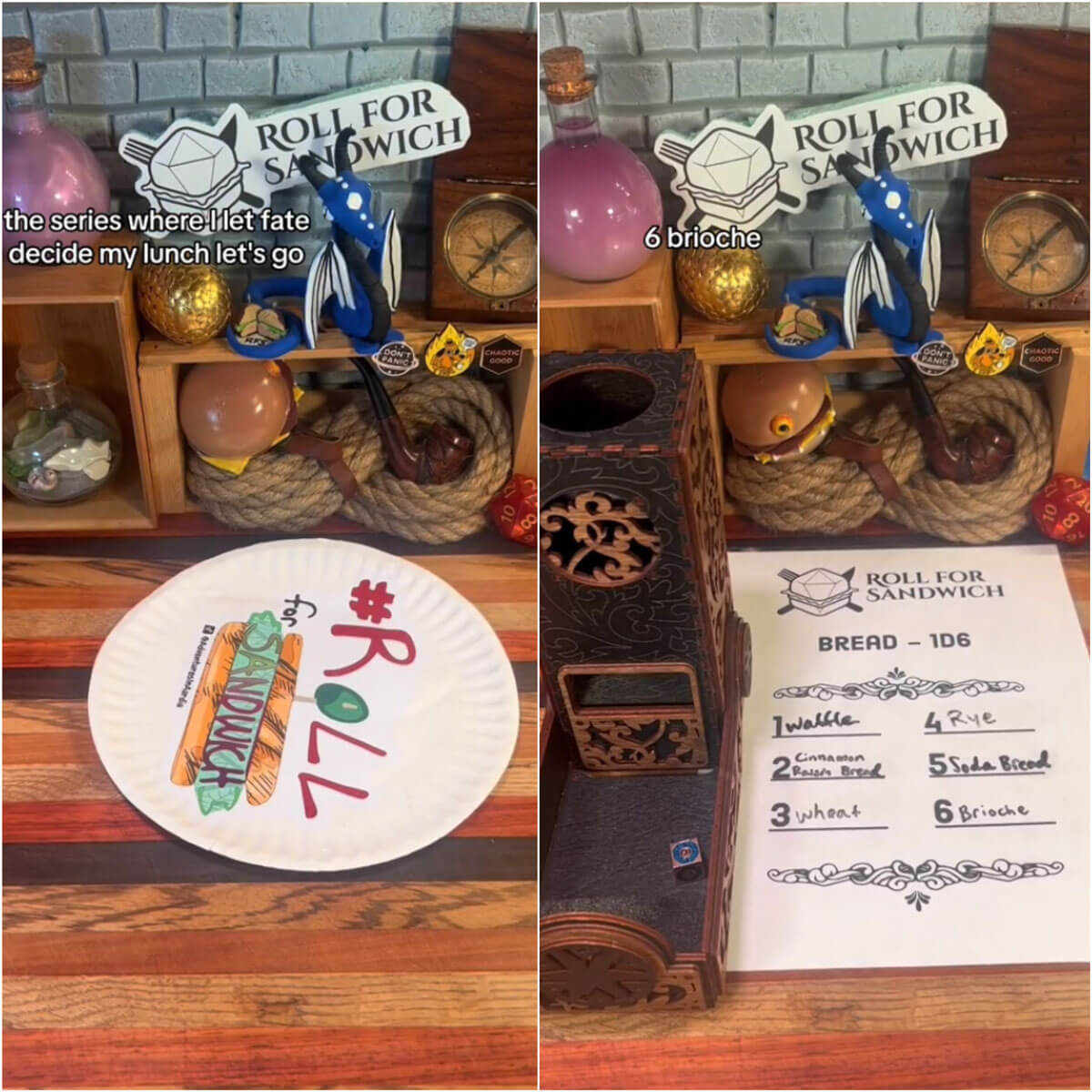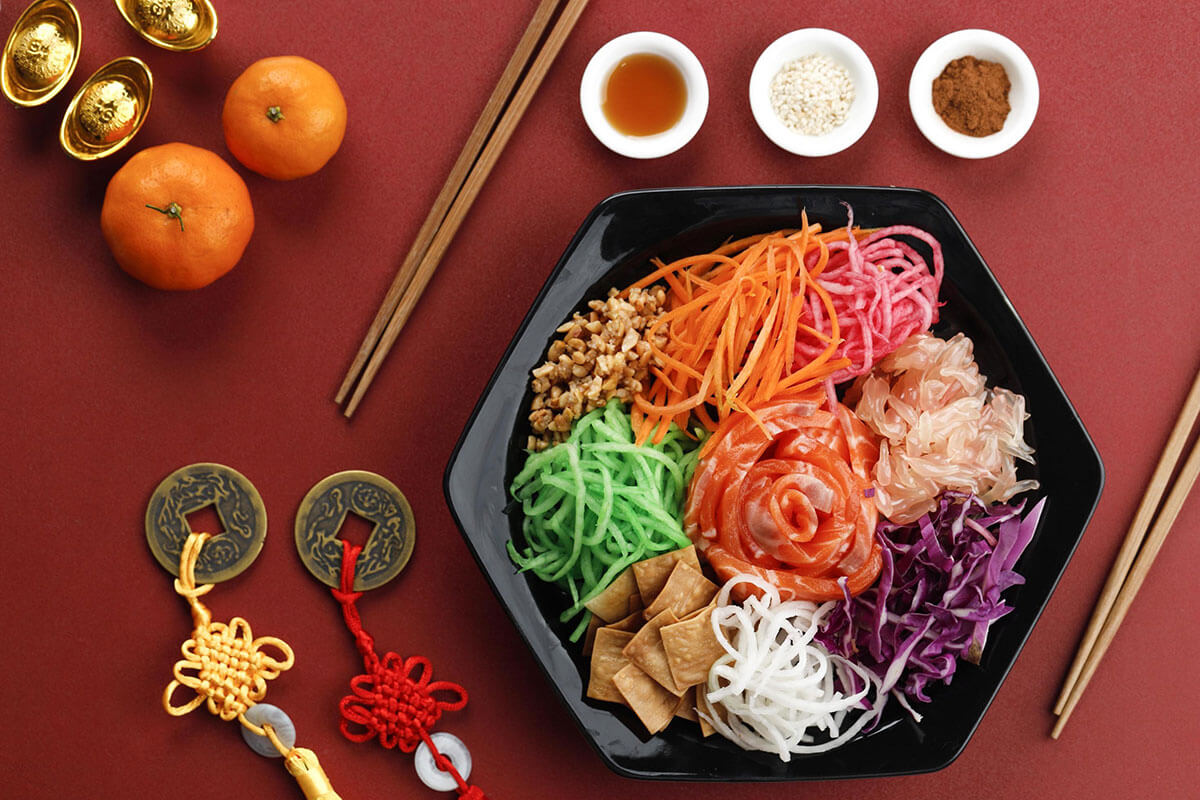
This is a dish that has many names – Yee Sang, Yusheng, Lou Sang, and Luu Sahng; and like its many monikers, stories of its origins are just as plentiful. One thing is certain: the yee sang is as synonymous with the Lunar New Year as red packets and lion dances are to the annual Chinese festivity.
In this article, we’ll dive into the muddied history of this popular seasonal treat.
Of Cantonese Roots
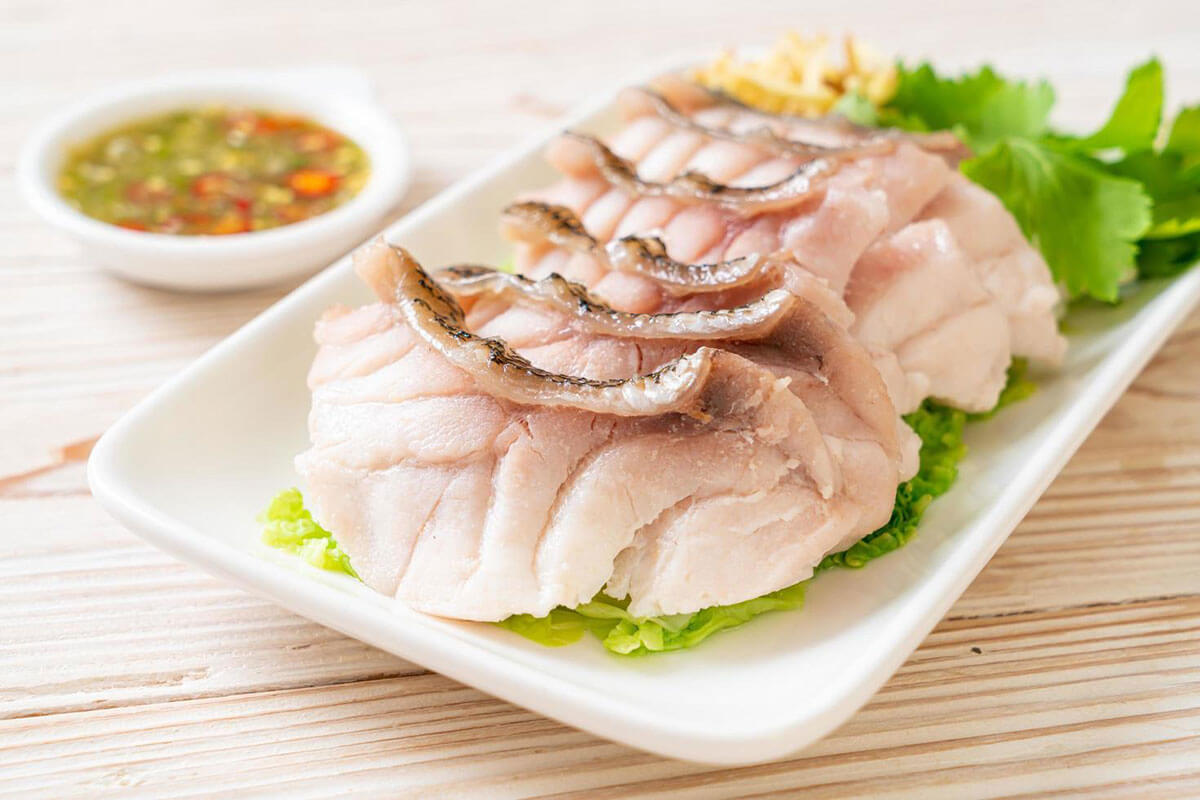
Guangdong, China is cited to be the birthplace of yee sang, but it looked nothing like the modern variation that is popularised by Malaysians and Singaporeans. What is thought to be the original yee sang is essentially a plate of thinly sliced raw fish that gets served alongside vegetables and dipping sauces – emphasis on the word ‘dipping’.
The star of the original yee sang was, of course, the fish; its name translates to fish life. As history and mythology would have it, the dish came about thanks in part to early humans celebrating their creation by the goddess Nuwa.
On the seventh day of the new year, raw meat would be consumed – but eventually raw fish would take its place because of its abundance in coastal areas such as Guangdong. Since then, while its history and ingredients have gone through numerous interpretations, yee sang still symbolises abundance – be it an abundance of life, wealth, or happiness.
The Singaporean Four
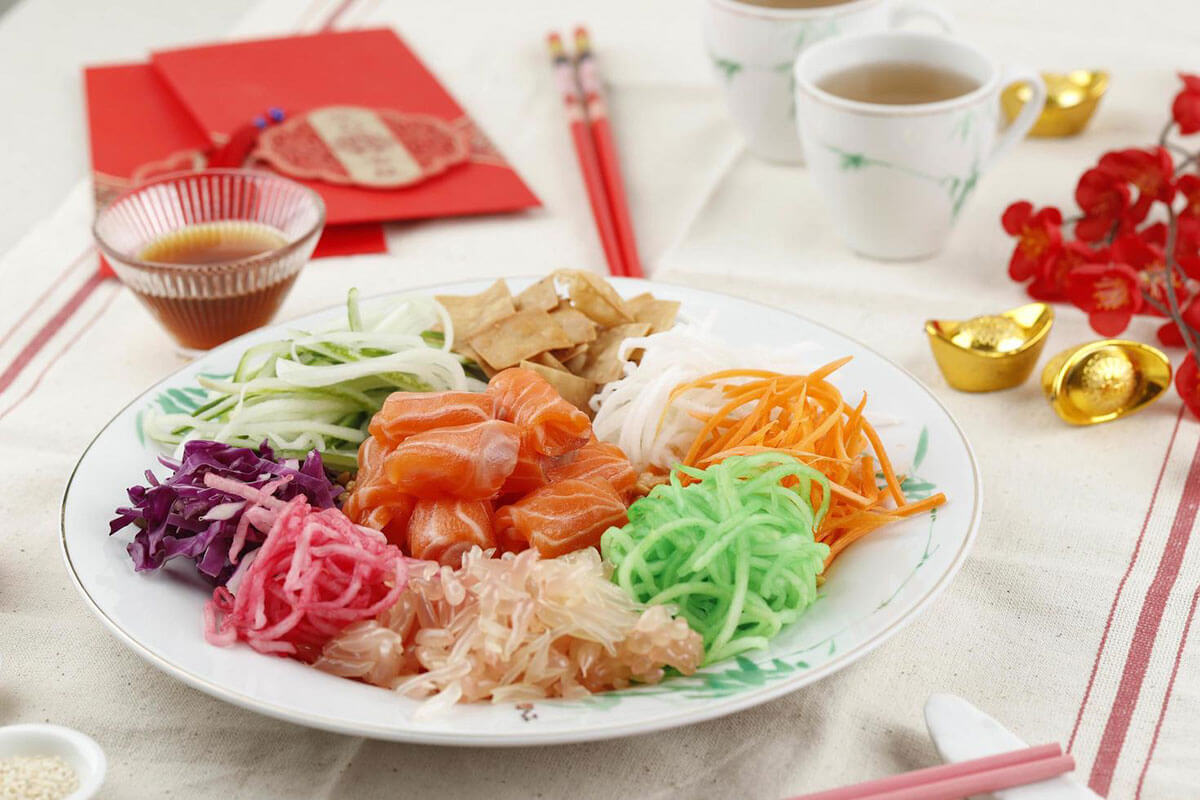
We now sail over to the island state of Singapore where the origins of the dish supposedly came from no single individual, but rather four master chefs.
In the 1960s, chefs Than Mui Kai, Lau Yoke Pui, Hooi Kok Wai, and Sin Leong took to modifying yee sang, using grass carp as the main protein doused in sweet sauce.
In the 70s, Lai Wah Restaurant – which was co-headed by Lau Yoke Pui, one of the four master chefs – would serve their yee sang with a dressing concocted with plum sauce, rice vinegar, and kumquat.
Malaysian Duality
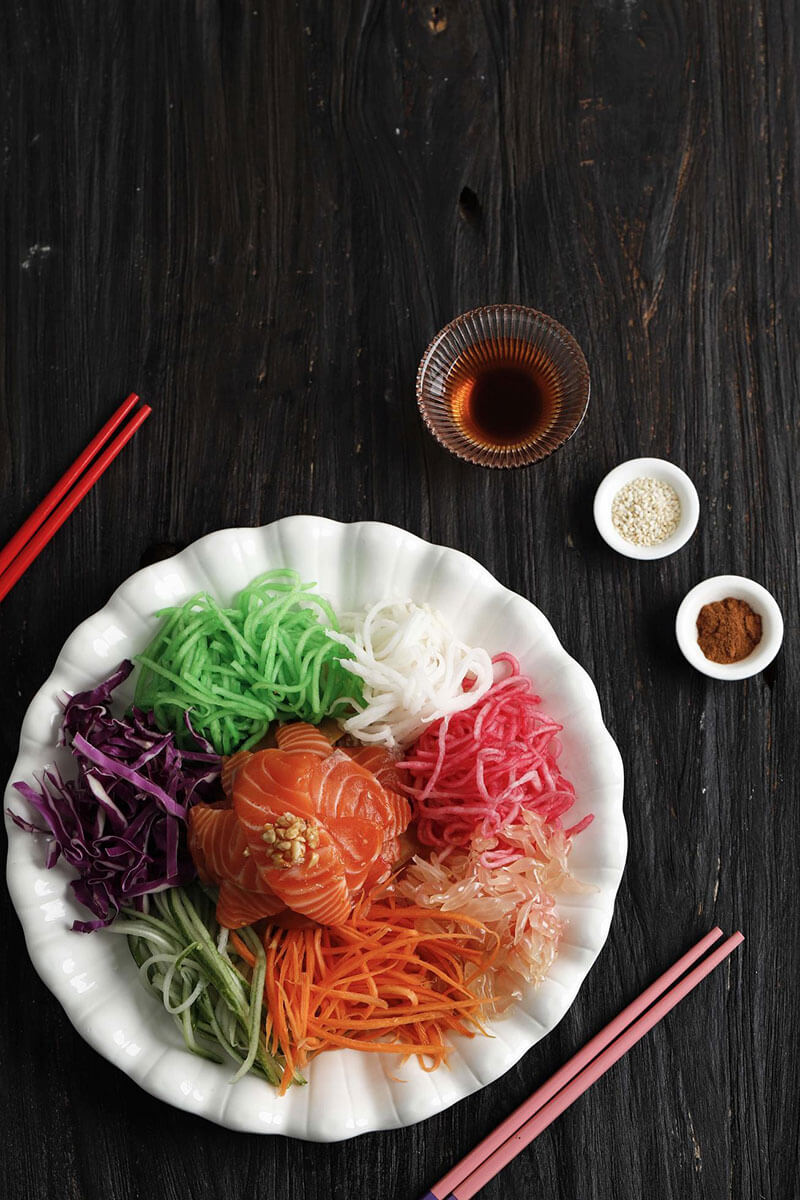
Over in Malaysia, there are a few claims to where in the country yee sang originates. The oldest legend dates back to the 40s when chef Loke Ching Fatt created the dish to be served as part of his Seremban-based catering business.
However, another Malaysian claims otherwise – Terrence Foong of Grand Millenium KL’s Lai Ching Yuen believes Melaka to be the actual birthplace of the festive dish.
According to Tatler Asia, Chef Foong explains that yee sang started as a food for the poor – common vegetables such as leek, carrot, turnip, and cucumber were added to raw fish to make a simple and affordable meal.
The Modern Yee Sang
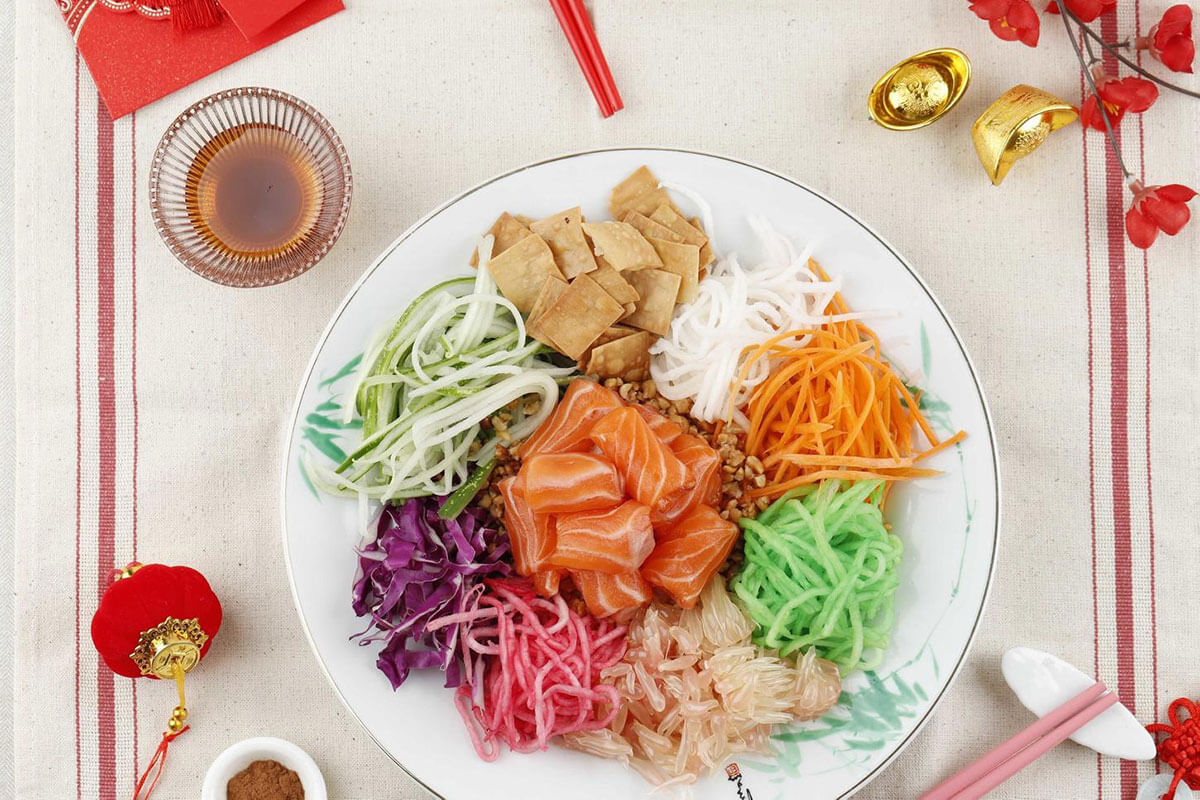
Now back to what we know and love, today’s yee sang is hard to define – while it’s still essentially a salad of sorts, restaurants, food brands, and home cooks alike all put their own spin on this traditional treat.
However, some of its core ingredients are usually left unchanged due to what they represent:
- Carrots = Good luck
- Green radish = Eternal youth
- White radish = Career growth
- Crushed peanuts = Abundance of gold (wealth)
- Sesame seeds = Flourishing business
- Plum sauce = A happy life (filled with sweetness)
Increasingly more common in the modern age, items such as coriander, chilli (because Malaysians and Singaporeans love their spice), shrimp crackers, turnips, and sometimes wolf herring are added to not just restaurant-made yee sang, but store-bought ones too.
In a Nutshell
Although the history of yee sang is complicated, the tradition of eating it is thankfully not – simply reach out with your chopsticks, toss the ingredients with glee, and cheer positive wishes for great health, an abundance of fortune, and lots of love!
